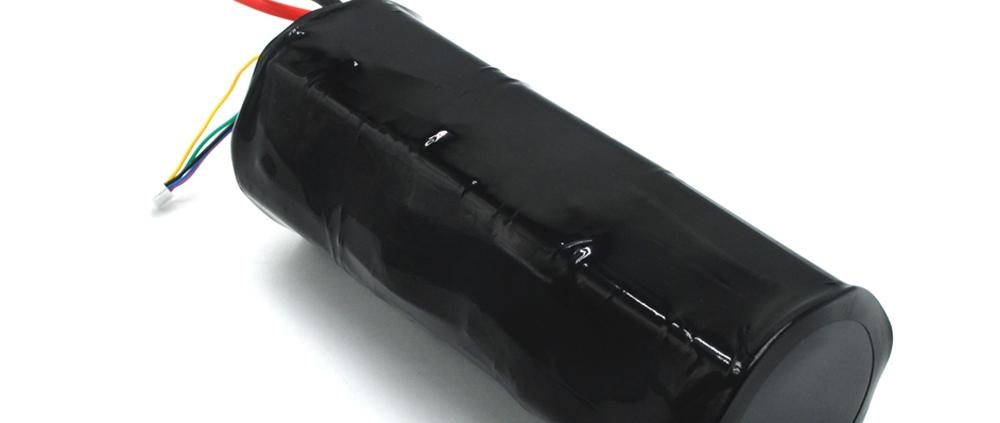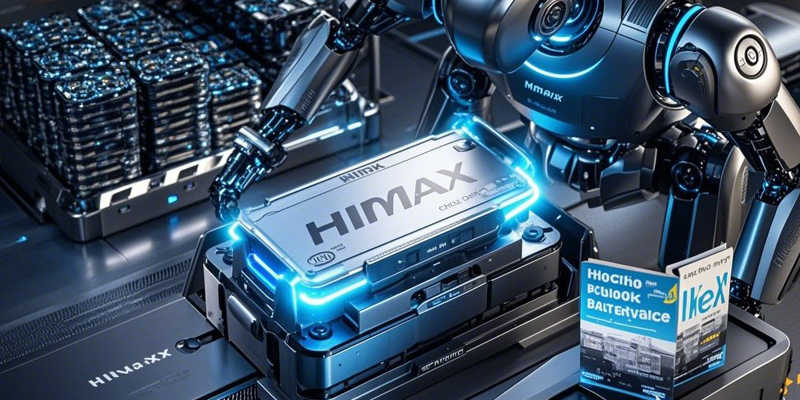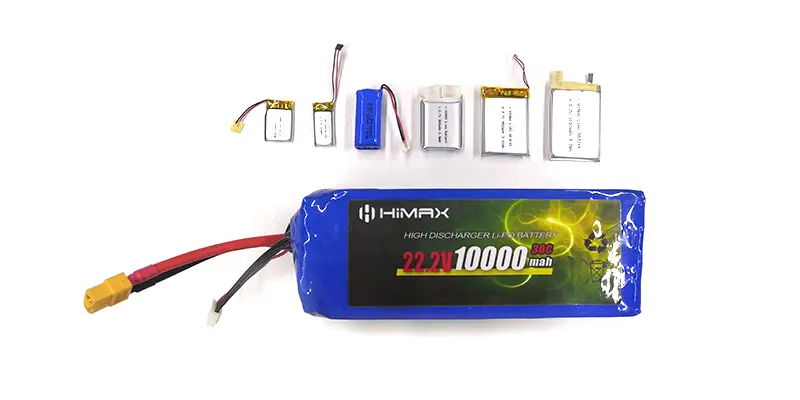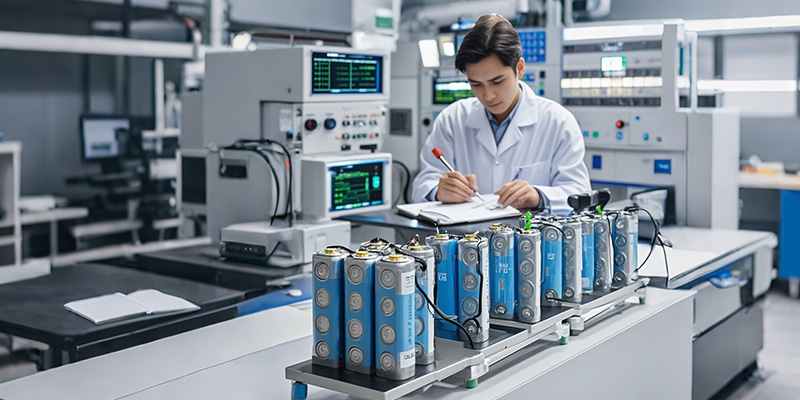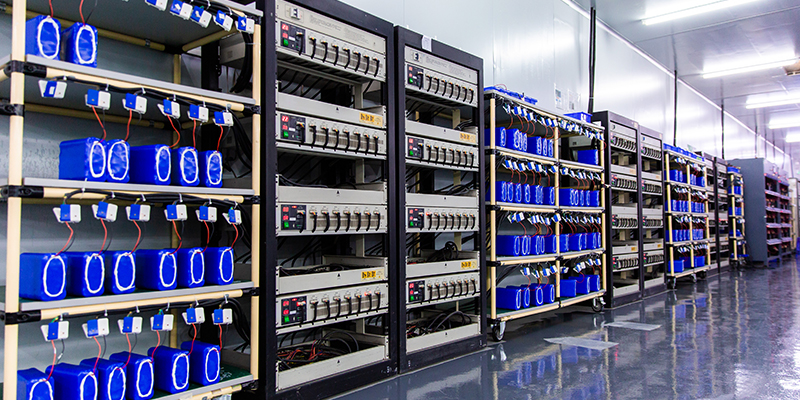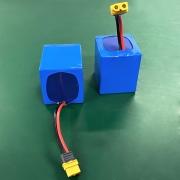Powering the Future: How Lithium Batteries Drive Today’s Robotics Revolution
In a world where automation is transforming our lives at a lightning pace, the role of energy storage is more important than ever. Today, lithium batteries stand out as the powerhouse behind many of the robotic innovations we see in industries ranging from manufacturing to healthcare. Let’s dive into why these batteries are a game-changer for robotics and explore the technologies that are shaping tomorrow’s machines.
The Rise of Lithium Batteries
Lithium batteries have taken center stage in the robotics arena due to their impressive energy density and lightweight design. Unlike traditional battery technologies such as nickel-cadmium or lead-acid, lithium-ion batteries pack a higher energy payload into a smaller, lighter package. This advantage makes them perfect for any device where every gram counts—especially robots that need to balance agility with performance.
Why They’re Perfect for Robots
High Energy Density:
Robots, particularly those designed for mobility like drones and autonomous vehicles, demand a lot of energy in a compact form. Lithium batteries deliver just that. Their ability to store more energy means that robots can run longer without needing a recharge, making them more efficient and less prone to unexpected downtime.
Long Cycle Life:
In the fast-paced world of robotics, frequent battery replacements are not only expensive but can also lead to operational disruptions. Fortunately, lithium batteries can go through many more charge-discharge cycles compared to older technologies, keeping downtime to a minimum and ensuring consistent performance over time.
Lightweight and Compact:
For robots, weight is a critical factor. Whether you’re building a nimble drone or a versatile warehouse bot, a heavy battery can compromise speed and agility. Lithium-ion batteries provide the energy needed while keeping the overall weight of the robot low—thus improving maneuverability and efficiency.
Real-World Applications
Lithium batteries are not just theoretical powerhouses; they’re actively powering some of today’s most innovative robotic systems:
- Autonomous Mobile Robots (AMRs):Found in warehouses and factories, AMRs rely on lithium batteries for enhanced mobility and longer run times, optimizing the supply chain and boosting operational efficiency.
- Drones and Unmanned Aerial Vehicles (UAVs):With a keen focus on lightweight design, drones use lithium batteries to sustain flight, whether it’s for aerial photography, surveying, or delivery services.
- Service Robots:From robotic assistants in hospitals to smart cleaning robots in homes, lithium batteries help these machines operate continuously throughout demanding work shifts.
- Industrial Robotic Arms:In manufacturing, lithium battery backup systems ensure these robots can keep working even when there’s a power fluctuation, maintaining precision and productivity.

The Art of Battery Management
With great power comes great responsibility. The development of robust Battery Management Systems (BMS) is crucial in the application of lithium batteries in robotics. A good BMS doesn’t just monitor the battery’s state—it balances cell performance, manages temperature, and even communicates critical data to the robot’s control system. This integration ensures that every battery pack performs reliably and safely, even in demanding conditions.
Challenges and Looking Forward
While the benefits of lithium batteries are clear, they aren’t without their challenges. Issues such as thermal management, sustainability, and cost continue to be areas of active research. However, with steady advances in battery chemistry and design innovations like solid-state batteries on the horizon, the future of lithium-powered robotics looks bright. More efficient, sustainable, and cost-effective solutions are expected to drive even broader adoption of robotics in various sectors.
Conclusion
Lithium batteries have undoubtedly revolutionized the robotics industry, providing the energy needed to power increasingly intelligent and autonomous machines. From boosting efficiency in industrial automation to enabling the dynamic capabilities of drones and service robots, they are at the heart of today’s technological innovations. As research continues to address current challenges, we can only look forward to a future where robots—and the lithium batteries that power them—change the world in unimaginable ways.
Feel free to share your thoughts or ask any questions in the comments below—let’s keep the conversation about energy and robotics going!

